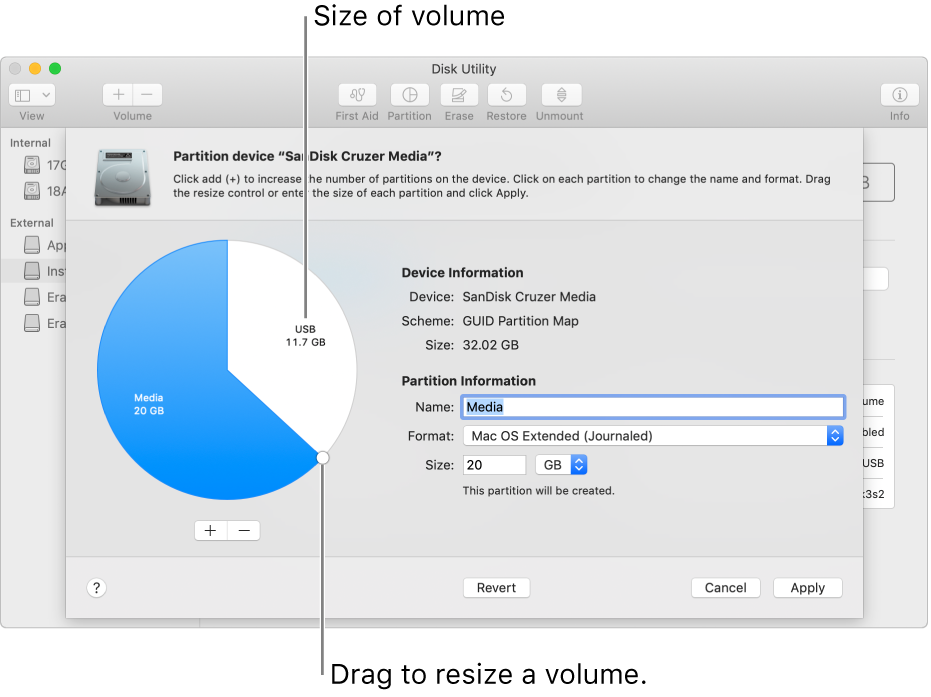
/DiskUtilityPartitionPanel-56a5d51b5f9b58b7d0dea11e.jpg)

Confusion is inevitable, but we’ll try to clarify things somewhat.Ī volume is a self-contained data unit. It doesn’t help that different operating systems and computer literature use some of these terms loosely and interchangeably. The term “volume” is often used interchangeably with “disk” and even “partition,” but there’s a fundamental difference between them. As a user, you won’t see any practical difference between having two hard drives in your computer and having one drive split into two partitions. Operating systems generally treat partitions as if they were separate physical hard drives. Each fenced-off plot of land is like a partition on a drive. Think of it as dividing a field into plots of land.


 0 kommentar(er)
0 kommentar(er)
